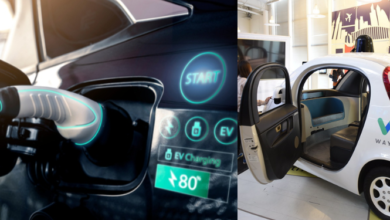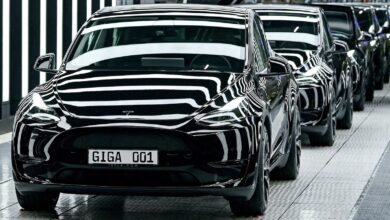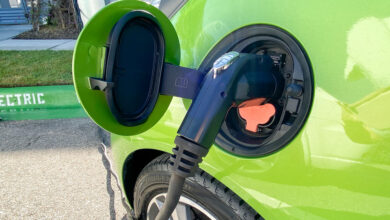Electric Cars are cool. Let’s be cool about the regulations | Opinion

Though electric vehicles (EVs) have been around for more than a century, I still manage to be impressed. My kids love to point out the Teslas that they see driving down the road. What driving enthusiast doesn’t love the feeling of getting firmly planted in their seat while pushing their right foot to the floor? Advancements in battery technology have benefitted many other applications, too. Plus, they’re going to save us from the impending climate disaster we keep hearing about, right?
According to the US Energy Information Administration, 80% of Wisconsin’s power comes from coal or natural gas, with the remainder nuclear or renewables. So that means the electricity that powers an EV’s batteries is still generated using mostly fossil fuels. Passenger cars account for only about 10% of the world’s oil consumption — with much of the remainder used by semis, ships and planes, modes of transportation that need more power than what even more heavy batteries can provide.
A car’s battery weight causes problems, too. More wear on roads, tires and brakes causes more potholes, but charging stations are still in high demand. Here in Hudson, our city council approved development plans this fall that included the addition of 19 electric chargers, some of which are expected to be available to the general public near the end of the summer. And Gov. Tony Evers has been out fixing potholes in his safety vest, while bragging about $78 million for EV charging stations.
I’d argue that $78 million would be better spent elsewhere or returned to taxpayers. The electrical grid needs improvements to support the increased demand resulting in more consumer costs. In California, where brownouts are common, electric cars will be required, but residents are already told not to charge them at certain times. This is government bureaucracy at its finest. Such policies in Europe have caused Polish and German citizens to scramble for wood and coal to heat their homes.
And EVs have questionable market viability. The Biden administration wants 50% of new cars to be EVs by 2030 and 67% by 2032. For automakers, research and retooling vehicle production lines can come at a huge cost. Last month, Ford’s EV unit reported a loss of $132,000 per vehicle — clearly not a sustainable business model. Tesla’s profits are down as well. Even with $22 billion from taxpayer subsidies, profits are low and consumer costs are high. The cost on average $53,000 more over a 10-year life, effectively doubles the price of an internal combustion car, according to the Heritage Foundation.
Volkswagen did a study that found electric vehicles require much more CO2 to produce than internal combustion engine vehicles, largely due to heavy mining practices. Effectively, they need to be driven for at least 60,000 miles to break even with a regular vehicle. We should also be mindful of the humanitarian concerns of the mining practices employed to obtain the rare cobalt required.
I say we should improve the grid and continue private sector research on batteries. But we need to be honest with ourselves on what science says and be mindful of the ongoing green propaganda. A few weeks ago, a commenter suggested that I should stick to engineering, so here’s my analysis as an engineer: the cars are cool pieces of technology and it’s great that consumers have more choices. However, government-mandated choices, as of now, are a genuine problem.
Aaron Daigle is a Manufacturing Engineer with a fortune 500 company in St. Paul, Minn. He lives in western Wisconsin. You can find him on LinkedIn at linkedin.com/in/aarondaigle



